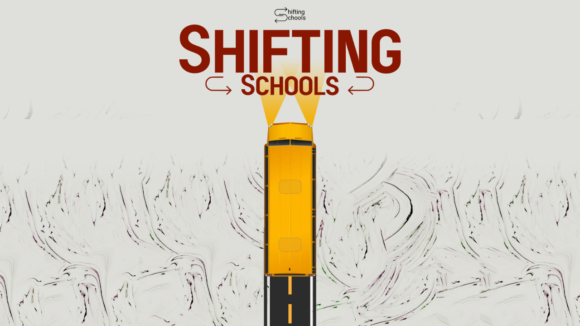
Knowing Knowledge Highlights 21-30
OK, my second round of highlights from George Siemens’ new book Knowing Knowledge. You can find the first round here.
What skills and processes do we need to work with soft knowledge? We have spent our history with hard/codified knowledge as a product. We now need to learn to work with soft knowledge as a process.-p 22
We can no longer rely on categorization to meet our needs in a rapidly evolving, global knowledge climate. We must rely on network-formation and development of knowledge ecologies. We must become different people with different habits. -p 23
Learning is more than knowledge acquisition. Often it is a process of several stages with several distinct components. -p 25
Knowledge today requires a shift from cognitive processing to pattern recognition. -p 26
Learning is the process of creating networks. Nodes are external entities which we can use to form a network. Or nodes may be people, organizations, libraries, web sites, books, journals, databases, or any other source of information. The act of learning (things become a bit tricky here) is one of creating an external network of nodes-where we connect and form information and knowledge sources. The learning that happens in our heads is an internal network (neural). learning networks can then be perceived as structures that we create in order to stay current and continually acquire, experience, create, and connect new knowledge (external). And learning networks can be perceived as structures that exist within our minds (internal) in connecting and creating patterns of understanding. -p 29
Not all nodes within a learning network continue to remain relevant. As an intelligent network, our mind continually reshapes and adjusts to reflect new environments and information. -p 30
A learner who continually encounters new information and knowledge, will dynamically update and rewrite his/her network of learning and belief. -p 30
Connectivism is a theory describing how learning happens in a digital age. Research in traditional learning theories comes from an era when networking technologies were not yet prominent. How does learning change when knowledge growth is overwhelming and technology replaces many basic tasks we have previously performed? -p 30
Connectivism is the integration of principles explored by chaos, network, complexity, and self-organization theories. -p 30
Connectivism is driven by the understanding that decisions are based on rapidly altering foundations. -p 30
I have been given time at tomorrow’s staff meeting to follow up on the presentation I made last Friday to the student body. I’m trying to find a way to bring the staff into this new world of learning. There are some quotes here that I know will help me explain this new world of information we are in, and what that means for our classrooms.
[tags]Knowing Knowledge, George Siemens, Connectivism[/tags]
Technorati Tags: Knowing Knowledge, George Siemens, Connectivism






